
Life is great. Cheese makes it better.
Totally agree with this sentiment. Do you?
At one time we lived in a cheese desert in India. The only cheese, initially, to be found for many years was cheese powder (from Amul, which tasted quite nice actually) and rubbery canned processed cheese, which is not exactly cheese, because all of its non-cheese additives that can be up to 60 per cent.

In those days, whenever anyone from my immediate family was coming from America or especially Europe, I would ask them to bring me cheese, cheese and more cheese.
Much of it I froze for later use for pasta and fondue. But the first round had to be had, right off the plane/out of the suitcase, with taaza pao or a specially procured baguette or home-baked bread.
What an utter joy it was to get those nutty slabs of Emmental, orangey pungent cheddar, stinky, gooey French Camembert or Brie, tangy red and orange balls of Edam and Gouda, to have neat or stacked on bread.
Or heady-fragrance Parmesan and elastic, stringy mozzarella to put into sandwiches and on pasta. Receiving a box of soft, white un-ripened bocconcini (tiny balls of fresh mozzarella) or an herby Boursin cream cheese was truly a rare treat too.

Today when I look at the cheese selections at our grocery stores, a bit of it imported, or at the online menus of the artisanal cheesemakers, it's a dream come true. Some of the best of the best is now available right at our doorsteps and the average stuff selling these days is pretty, pretty good.
But authentic cheese is costly. It's expensive just about anywhere in the world. So how do you make the wisest cheese purchase decisions, when thousands of kinds of cheese exist?
There are a few cheeses that really lend themselves to cooking pasta or soup and assembling sandwiches and salad and are hard to substitute and one prefers to keep those around.

If I had to put money down on a more pricey cheese, my first choice would be for an Indian brand of Parmesan.
Parmesan or Parmigiano Reggiano, which is aged at least 12 months, is usually a cow cheese that originates from Italy and is hard and strong tasting; most Italians use it nearly daily along with sister formaggio pecorino.
A Rs 300, 100-gm piece of Indian Parmesan, that might last for 6 to 8 servings, is really a must while making a simple, few-ingredient pasta. If your pasta recipes are heavily doused in a thick sauce and chilly flakes, then you don't need a Parmesan and any grated cheese will do, because the distinct taste of Parmesan is not going to survive through a hailstorm of excessive oregano and mirchi.
But a delicately seasoned spaghetti or penne dish, with lightly-braised vegetables or meat and a small delicate smattering of sauce, needs Parmesan.
Keep a pack in the freezer or the colder part of your fridge and grate it onto a dish before serving. Many recipes call for adding large portions of Parmesan while cooking but you will get more bang for your buck, healthwise too, if you sprinkle on while serving.
If you put together a lot of salads and dips, you might like to stock your freezer with a little Indian-made feta. It adds a pleasant, inimitable sharpness to a lettuce/rocket salad or a grilled vegetable combo that no other cheese can.
And is the belle of a summer salad party, made with stone fruits, watermelon, pears or figs. It can be incorporated in pasta and bakes too. Feta is a crumbly, briny cheese with a heady flavour, from Greece originally, made from goat or sheep's milk.

There are two other cheeses I willingly invest in.
The first would be an imported Swiss Emmental, mainly made best in Switzerland, Austria or Germany (where it is called Allgäu), from the milk of dairy cows. India still does not craft Emmental of any great standard and if your dinner happens to be mainly a meal of newly-baked bread, with salad and soup, go for the large-holed, semi-hard yellow Emmental to have on your bread.
It's not cheap but worth it. Also, if it's a bread, cheese and cold meat or salmon session you are having, then brave Indian varieties of Dutch Edam and Gouda, English cheddar, can supplement your Emmental.
The second is a fresh potli or money bag of locally-made burrata to be had on salads or deliciously cracked open on a pasta or pizza as a topping. Finger-lickin good. Burrata is a kind of Italian fresh mozzarella of cow or buffalo milk, with a creamy centre of shredded cheese or stracciatella, reasonably close -- that's not entirely heresy -- in taste to a good ol' paneer.
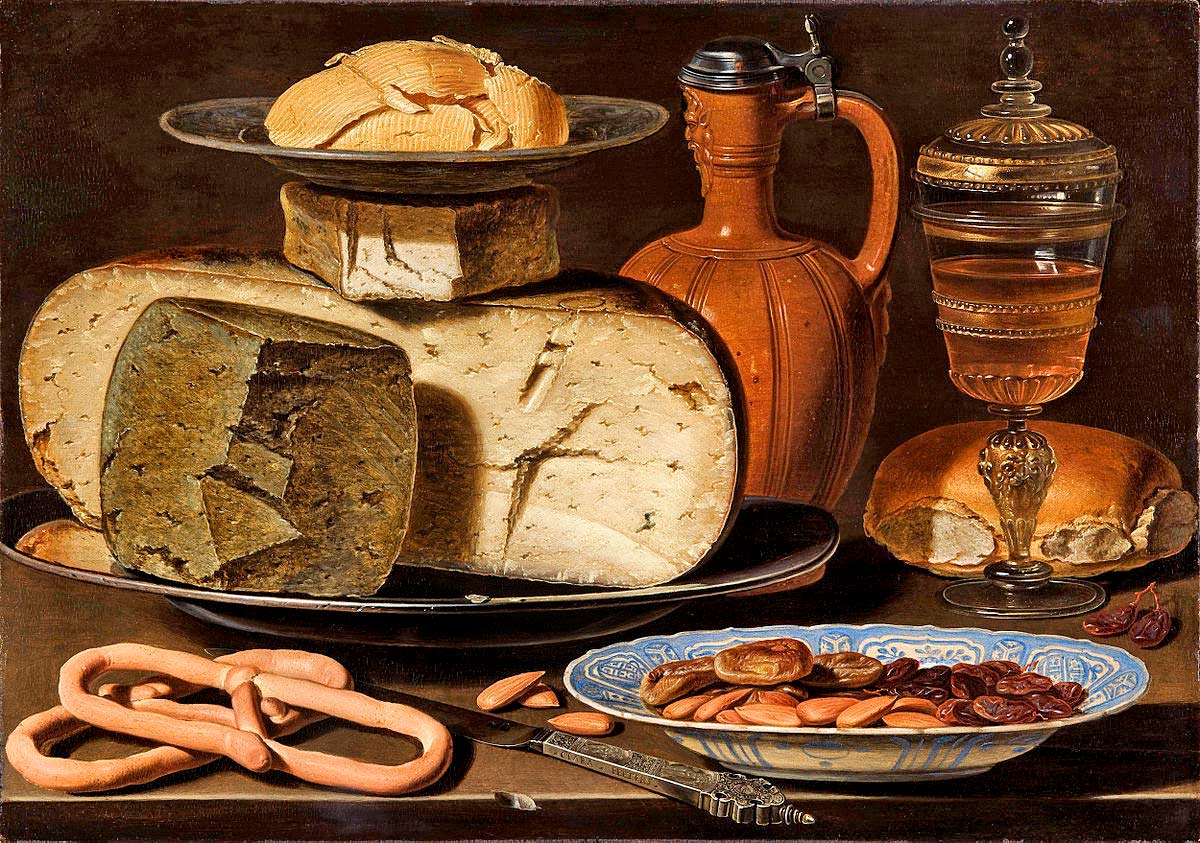
Otherwise, I usually keep the utterly boring slices of processed cheese or, much better, a bag of grated cheese (I prefer Amul cheddar) in the freezer, that I use for more pedestrian purposes -- for cheesy bakes, the cheese layer of pizza, cheese toast (although Emmental makes lovely cheese toast), vegetable sandwiches, burgers, cheese samosas, potato cutlets, dosa.
In bakes and spreads I even use some amount of paneer. Newly-made home paneer is a good spread that you can mix with feta. And store-bought paneer is a lovely addition to a pasta bake, alu cutlets. If it's fine-quality paneer it can even go thinly-sliced on pizza.
Another cheese that is rare as hen's teeth is salty, squeaky halloumi, which originates from Cyprus. India makes two or three varieties but they don't hold a candle to the real stuff from abroad that you can source locally or request from bahar gaon.
Nothing compares to a meal of halloumi, with fresh-off-the-stove pita, hummus, tzatziki (yoghurt cucumber dip) and a Mediterranean salad. Or use in burgers or pan fry for a starter.

If you are considering health while shopping for cheese, then choosing is more difficult, because while they offer plenty of protein, they are usually salty, fattening and have a fair measure of cholesterol.
If low fat and low cholesterol is a priority, then go for soft, less ripened cheeses like cottage cheese, ricotta, halloumi, fresh mozzarella, feta, paneer or even vegan cheese.
Add less cheese, using preferably a type that brings more flavour per gm to your recipe and measure meticulously, because about 30 gm or ¼ cup cheese, 1/3 of your daily dairy content, is a reasonable safe serving of cheese to eat daily, according to the British Heart Foundation.
Cheese freezes rather well, especially hard cheese. Ideally grate the cheeses you get to frequently and store in 200 gm size portions in ziplock bags. Blocks of cheddar or Emmental can also be frozen and defrosted before use.
Fondue cheeses freeze excellently too. Soft cheeses -- Camembert, Brie, blue cheese, creme fraiche -- don't do that wonderfully in the freezer, while burrata, fresh mozzarella, halloumi, cream cheese fare not too badly.
If your refrigerated cheese develops white or blue spots, slice those off and carry on using; small amounts of mould will not hurt you, after all cheese is made from 'human-administered' rotting of milk anyway.
Ideally keep cheese refrigerated or frozen till right before using in our weather because it is easier to handle hard, cold cheese as opposed to gooey melted stuff.
All this cheese talk makes one ravenously hungry. Let's make an easy but exotic cheese-based sandwich. This is quite a different take on a Chip Butty Sandwich and makes for a gourmet meal. I first had versions of this sandwich at Indigo Deli and Theobroma, both Mumbai eateries and have since adapted it somewhat and I call it Open-Faced Mushroom Fries Sandwich.

Open-Faced Mushroom Fries Sandwich
Serves: 2
Ingredients
- 1 200 gm packet button mushrooms, thinly sliced
- 2 pods garlic, crushed or minced
- 10-15 sticks thick French fries
- 1 medium onion, sliced into thin rings
- 1½ tbsp extra virgin olive oil
- A few pieces iceberg lettuce, washed, dried well
- 150 gm fresh buffalo mozzarella cheese, thinly sliced
- Salt
- 1 tsp black pepper powder
- 2 tsp balsamic vinegar
- Dash sugar
- 4 tsp mayonnaise
- 2 tsp butter
- 4 large slices sourdough bread
Method
- In a frying pan over low heat, fry the onion rings with a tiny pinch of salt, sugar, balsamic vinegar and ½ tbsp of the olive oil till reddened and cooked and they carmelise and crisp a little.
Take off heat and out of the pan and keep aside. - In the same pan, fry the mushroom slices, tiny pinch salt, crushed garlic in the remaining 1 tbsp olive oil till lightly cooked and they have sweated off their excess water content.
Take off heat and keep aside. - Warm the sourdough bread slices in the oven or microwave for a few minutes till lightly toasted.
- To assemble the sandwiches, place all four slices, face up, on a board or clean surface.
Spread ½ tsp butter and 1 tsp mayonnaise on each slice.
Add a lettuce leaf per slice.
Then add a few thin slices buffalo cheese per slice and a 4-5 pieces sliced mushrooms per slice.
Next divide the carmelised onions between the bread slices.
Then add a few fries per bread slice and sprinkle a little salt and the pepper over each slice and warm the loaded slices in the oven or microwave for about a minute and serve hot.
Zelda's Note: You can choose to make your own fries. Cut two large potatoes into this wedge-type fries, skin on.
In a non-stick pan fry them over low heat with extra virgin olive oil and a little crushed garlic, for a long time, flipping frequently, till they are cooked and crisp.
Instead of alu fries, make green banana fries, yam fries, suran fries or sweet potato fries; they are more diabetic and Jain friendly (for Jain sandwiches skip the onions too).
You could consider adding fresh basil leaves to the sandwich and slices of green olives and/or tomatoes.
In addition to mayonnaise, lather 1 tsp kasundi or Bengali mustard paste on each slice of bread.
For lower fat content sandwiches, skip the butter and mayonnaise (or opt for fat free mayonnaise) and go only with the kasundi.
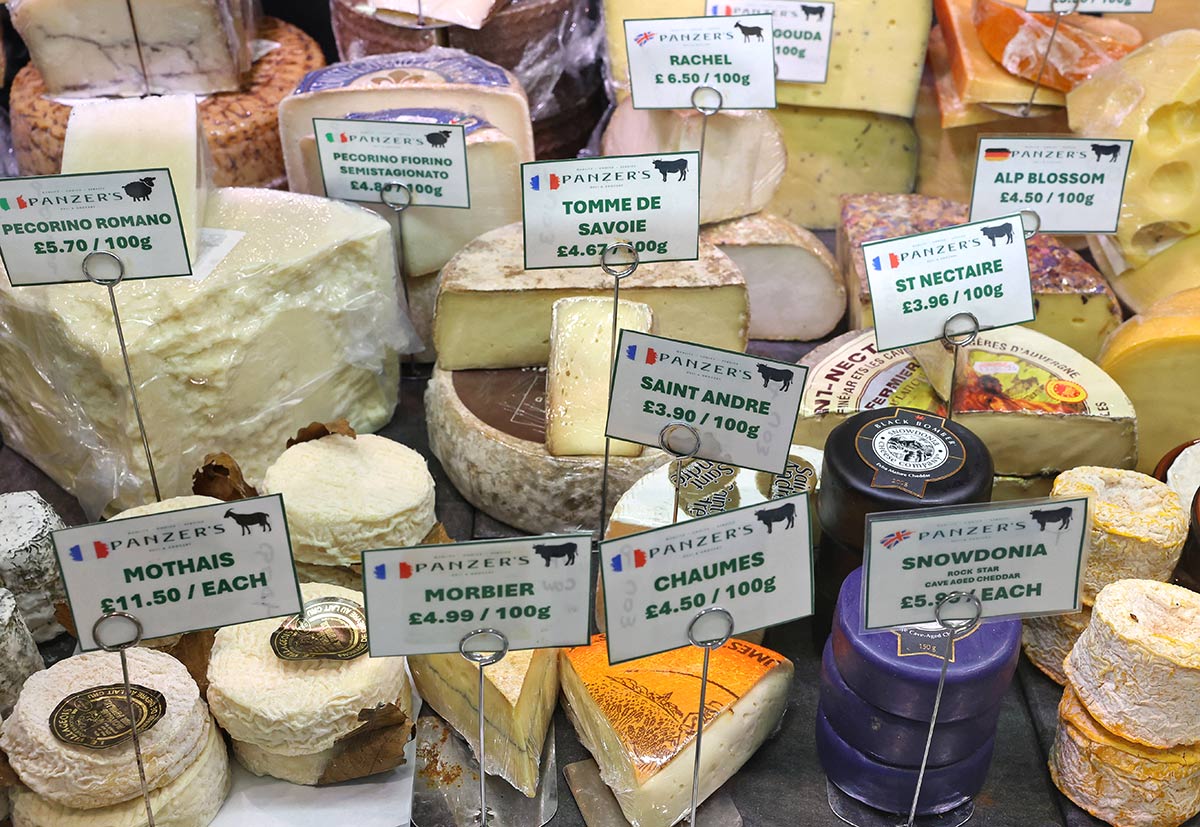

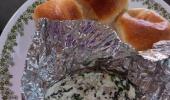
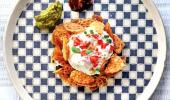





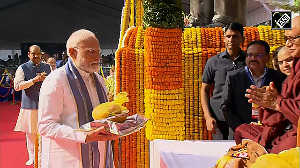


 © 2025
© 2025